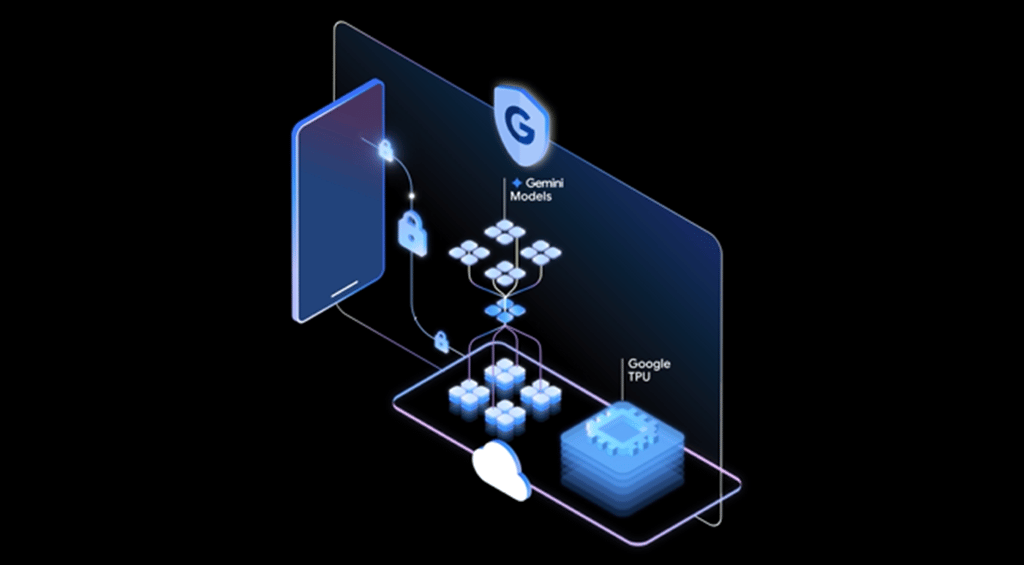SEATTLE — Amazon Web Services (AWS) is planning to launch 32 AWS Local Zones in metropolitan areas in 26 countries. Over the next two years, AWS Local Zones will launch in the following markets: Amsterdam, Athens, Auckland, Bangkok, Bengaluru, Berlin, Bogotá, Brisbane, Brussels, Buenos Aires, Chennai, Copenhagen, Delhi, Hanoi, Helsinki, Johannesburg, Kolkata, Lima, Lisbon, Manila, […]
Datamation content and product recommendations are
editorially independent. We may make money when you click on links
to our partners.
Learn More
SEATTLE — Amazon Web Services (AWS) is planning to launch 32 AWS Local Zones in metropolitan areas in 26 countries.
Over the next two years, AWS Local Zones will launch in the following markets: Amsterdam, Athens, Auckland, Bangkok, Bengaluru, Berlin, Bogotá, Brisbane, Brussels, Buenos Aires, Chennai, Copenhagen, Delhi, Hanoi, Helsinki, Johannesburg, Kolkata, Lima, Lisbon, Manila, Munich, Nairobi, Oslo, Perth, Prague, Querétaro, Rio de Janeiro, Santiago, Toronto, Vancouver, Vienna, and Warsaw, according to AWS this month.
The plan comes after AWS completed the launch of AWS Local Zones in 16 U.S. cities: Atlanta, Boston, Chicago, Dallas, Denver, Houston, Kansas City, Las Vegas, Los Angeles, Miami, Minneapolis, New York City, Philadelphia, Phoenix, Portland, and Seattle.
AWS Local Zones are a type of cloud computing infrastructure that extends AWS Regions, or data center clusters, to place compute, storage, database, and other AWS services at the edge of the cloud near large population, industry, and IT centers, enabling customers to deploy applications that require single-digit millisecond latency closer to end users or on-premises data centers.
AWS Local Zones allow customers to use core AWS services locally, while connecting to the rest of their workloads running in AWS Regions, with the same elasticity, per-usage model, APIs, and toolsets.
The vast majority of customers receive the “necessary latency required to support their applications’ performance” by running them in AWS Regions.
However, for applications that require ultra-low latency, such as remote real-time gaming, live video streaming, and augmented reality (AR) and virtual reality (VR), AWS Region infrastructure is closer to end users.
AWS Regions also support hybrid cloud environments with local data residency requirements and running parts of their applications in on-premises data centers, but they also want to take advantage of AWS services and similarly benefit from the ultra-low latency that AWS Local Zones can provide to these types of hybrid applications.
Using AWS Local Zones, customers outside the U.S. have the ability to meet data residency requirements in regulated sectors like health care and life sciences, financial services, and government.
Customers can connect to AWS Local Zones through an internet connection or use AWS Direct Connect to route traffic over a private AWS network connection.
“The edge of the cloud is expanding and is now becoming available virtually everywhere,” said Prasad Kalyanaraman, VP of Infrastructure Services at AWS.
Kalyanaraman said AWS is expanding to more locations “for our customers around the world who have asked for these same capabilities to push the edge of cloud services to new places.”









